Natural Community Classification
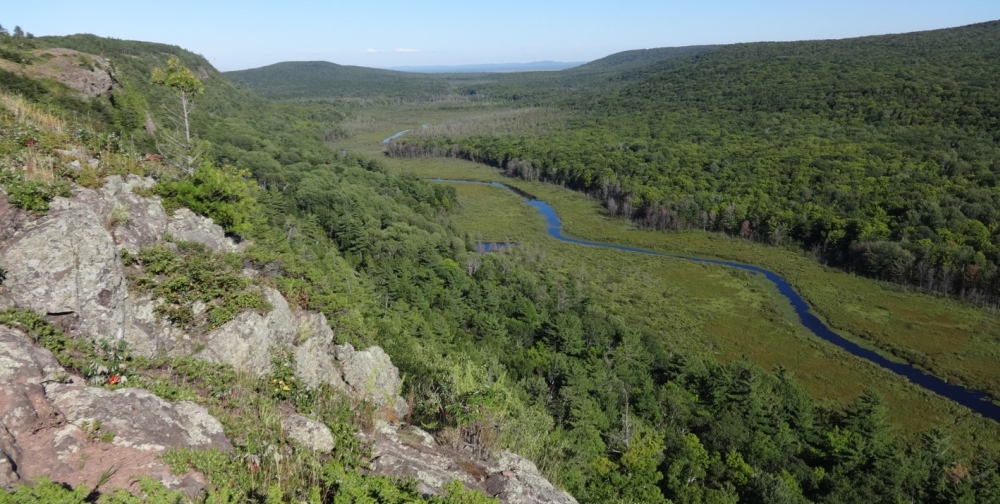
This online classification provides a system for dividing the complex natural landscape of Michigan into easily understood and describable components called natural communities. A natural community is defined as an assemblage of interacting plants, animals, and other organisms that repeatedly occurs under similar environmental conditions across the landscape and is predominantly structured by natural processes rather than modern anthropogenic disturbances. Indigenous peoples have been integral to Michigan’s landscapes, with many natural community types shaped by native land tending practices such as cultural burning, seeding, planting, and harvesting of plants, wildlife, and fish. This cultural stewardship has been responsibly implemented with sophistication and care at seasonally appropriate times.
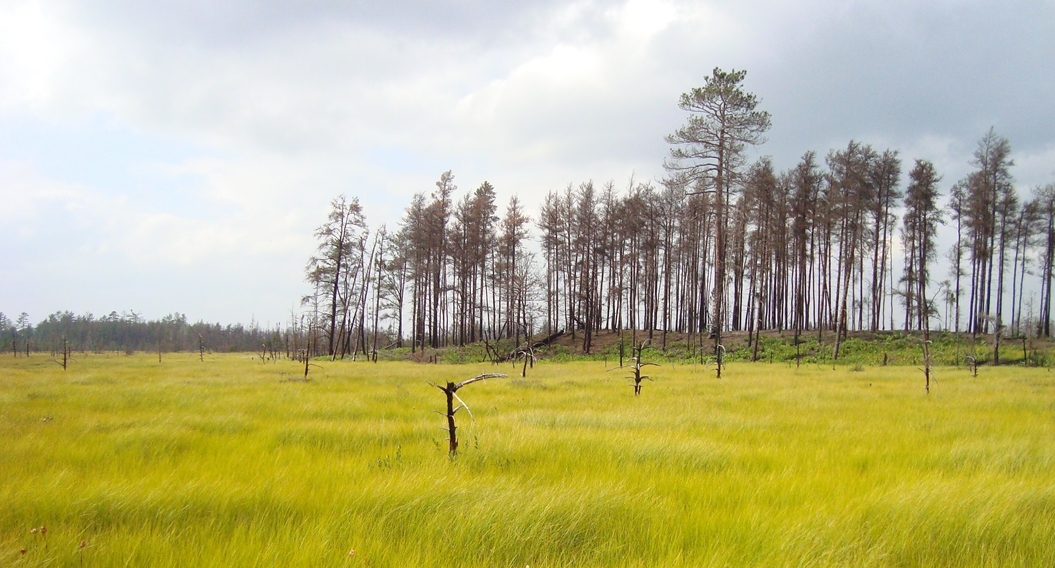
Because of its emphasis on native ecosystems, this natural community classification is a useful resource for identifying, conserving, and restoring important places that represent a broad range of ecological conditions. This natural community classification is meant to serve as a tool for those seeking to understand, describe, document, and restore the diversity of natural communities native to Michigan.
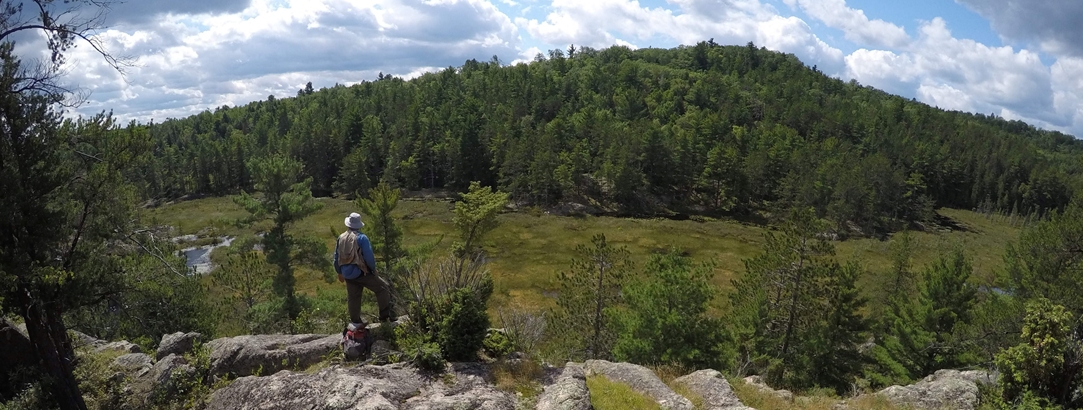
This classification of natural community types is based on a combination of data derived from statewide and regional surveys, ecological sampling and data analysis, literature review, and expert assessment.
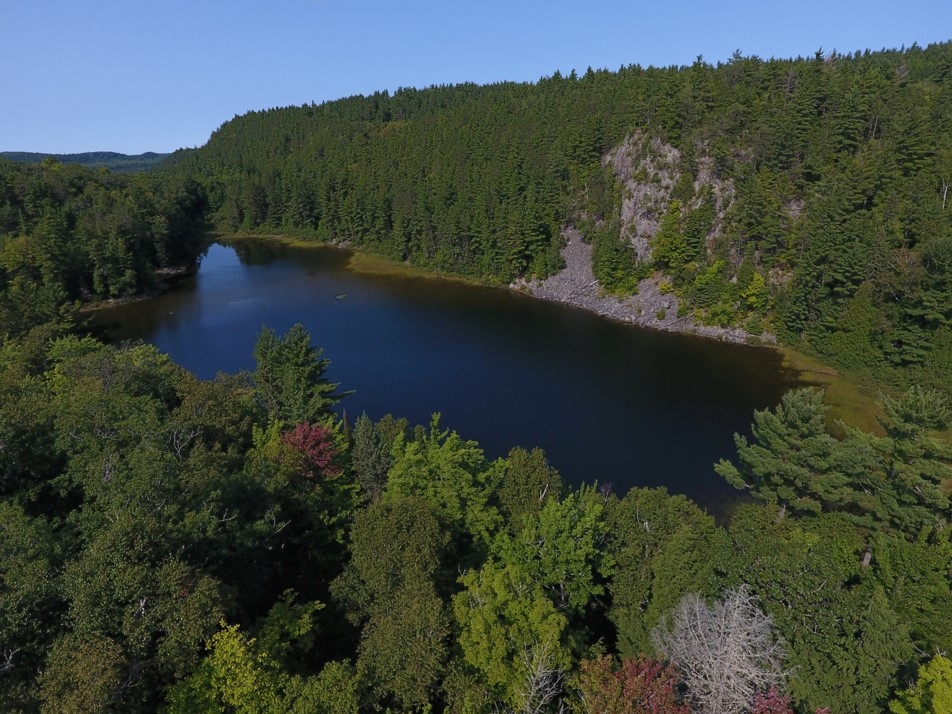
The natural community classification can also be found in our publication “Natural Communities of Michigan: Classification and Description” (Kost et al. 2007). In addition, Michigan Natural Features Inventory has also published a book entitled “A Field Guide to the Natural Communities of Michigan” (Cohen et al. 2015).
Organization
The classification is organized hierarchically by ecological class, group, and type. Five broad ecological classes are subdivided into eighteen ecological groups, which are further refined into the 77 natural community types. The five ecological classes are Palustrine, Terrestrial, Palustrine/Terrestrial, Primary, and Subterranean/Sink. These broad classes are distinguished based on differences in substrate, hydrology, and landscape setting.
The natural community types are listed alphabetically with their global and state ranks as well as by ecological group. Global and state ranks refer to the conservation rankings assigned to each natural community type. These rankings correspond to the status or rarity of the natural community types globally and in Michigan.
The online classification also includes a dichotomous key to help users identify natural community types and a glossary of key terms.
For each natural community type, we provide photographs, county and ecoregional distribution maps, relevant literature, and a detailed description. The natural community descriptions provide information on physiography (landscape context), hydrology, soils, natural processes, vegetation, associated rare species, and biodiversity management considerations.
Discussion
The landscape of Michigan is extremely varied, and as such, identifying natural communities is not always a simple task. The line between two natural community types can be quite clear where vegetation changes abruptly and where environmental gradients are sharp. However, where gradual changes occur in soils, hydrology, and other factors, natural communities can subtly grade into one another, making it difficult to determine where to draw the line between natural community types. Users should bear in mind that every place in the landscape is unique: no two examples of a natural community type are identical in their physical environment and species composition.
The detailed information presented in the key and the natural community descriptions gives a range of variability for each natural community type, and there will be no exact matches in the field. It is our hope that the accompanying key, range maps, photographs, and detailed descriptions will allow users to more easily and confidently identify Michigan’s natural communities and recognize repeating patterns across the landscape.
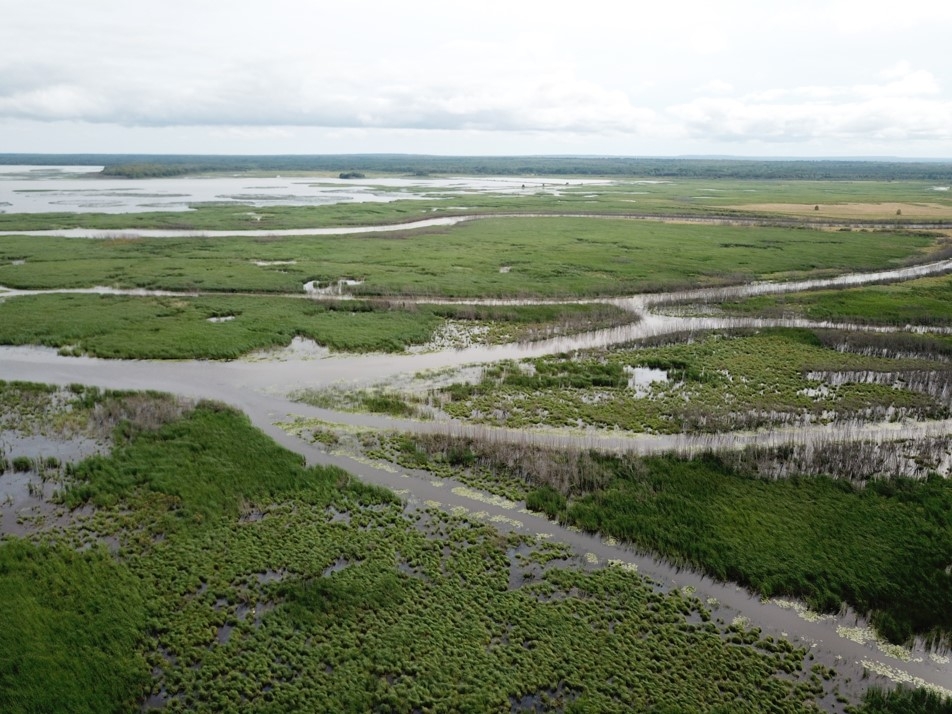
Users of this natural community classification should recognize that the division of the natural world into discrete categories is inherently an artificial process and a matter of human convenience, and subject to human bias. We acknowledge that this natural community classification is designed to aid the conservation of biodiversity in Michigan.
Classifying natural communities can inform conservation planning and biodiversity stewardship by allowing resource managers, landowners, land-use planners, and scientists to communicate effectively and share a common language about an area’s biodiversity and ecological context. This classification system deals with vegetated communities in a relatively natural condition. It does not include anthropogenic systems, communities initiated and maintained by human activities (e.g., agricultural fields, tree plantations, wetland mitigations, and “native grassland” plantings) or aquatic communities (i.e., deepwater habitat of streams, rivers, ponds, and lakes).
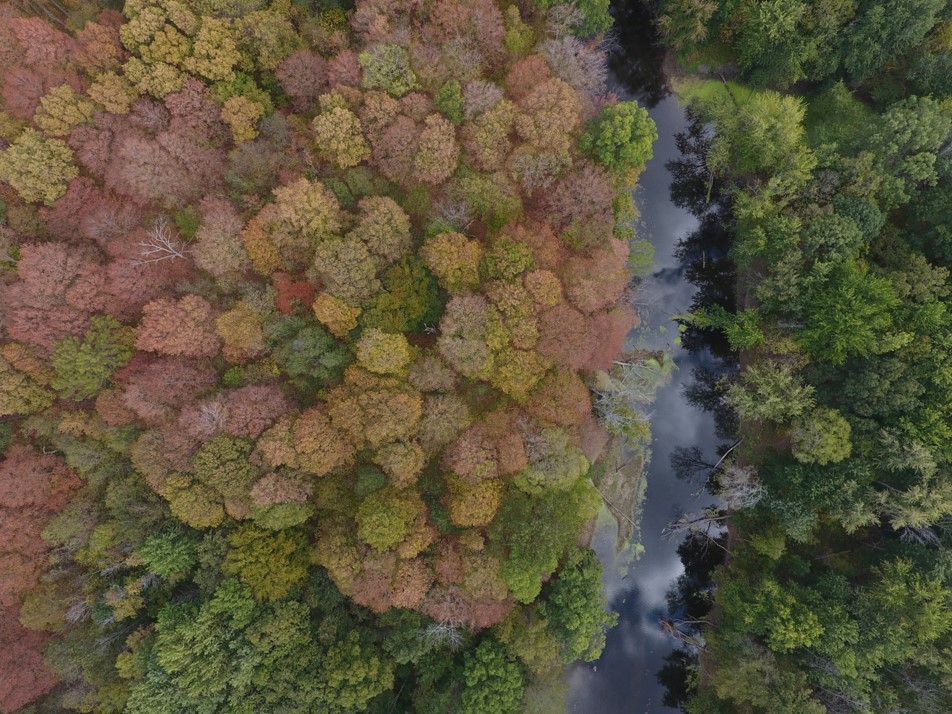
In addition, the classification of complex systems is limited by human capacity to perceive subtle differences. Our understanding of patterns of variations in the natural world is constantly changing and improving. The level of information used to describe the different natural community types is uneven. We have copious information for those natural communities that have been systematically inventoried and intensively sampled, while for others, we have only cursory data, or only a few benchmark sites remain to be studied due to anthropogenic disturbances such as fire suppression. We view this classification as a perpetually evolving tool that we will continually improve as our knowledge of ecological processes and natural communities progresses through continued inventory, sampling, and monitoring. We welcome information about Michigan’s natural communities and high-quality examples of natural communities from interested users. Information may be submitted by filling out an Ecological Community Survey Form or by email to mnfi@msu.edu.
For those who use the natural community classification frequently, we welcome your feedback. If you have suggestions about how to improve the online resources, please let us know by taking a short survey.
Citation
Cohen, J.G., M.A. Kost, B.S. Slaughter, D.A. Albert, J.M. Lincoln, A.P. Kortenhoven, C.M. Wilton, H.D. Enander, and K.M. Korroch. 2020. Michigan Natural Community Classification [web application]. Michigan Natural Features Inventory, Michigan State University Extension, Lansing, Michigan. Available https://mnfi.anr.msu.edu/communities/classification. (Accessed: January 12, 2026).

